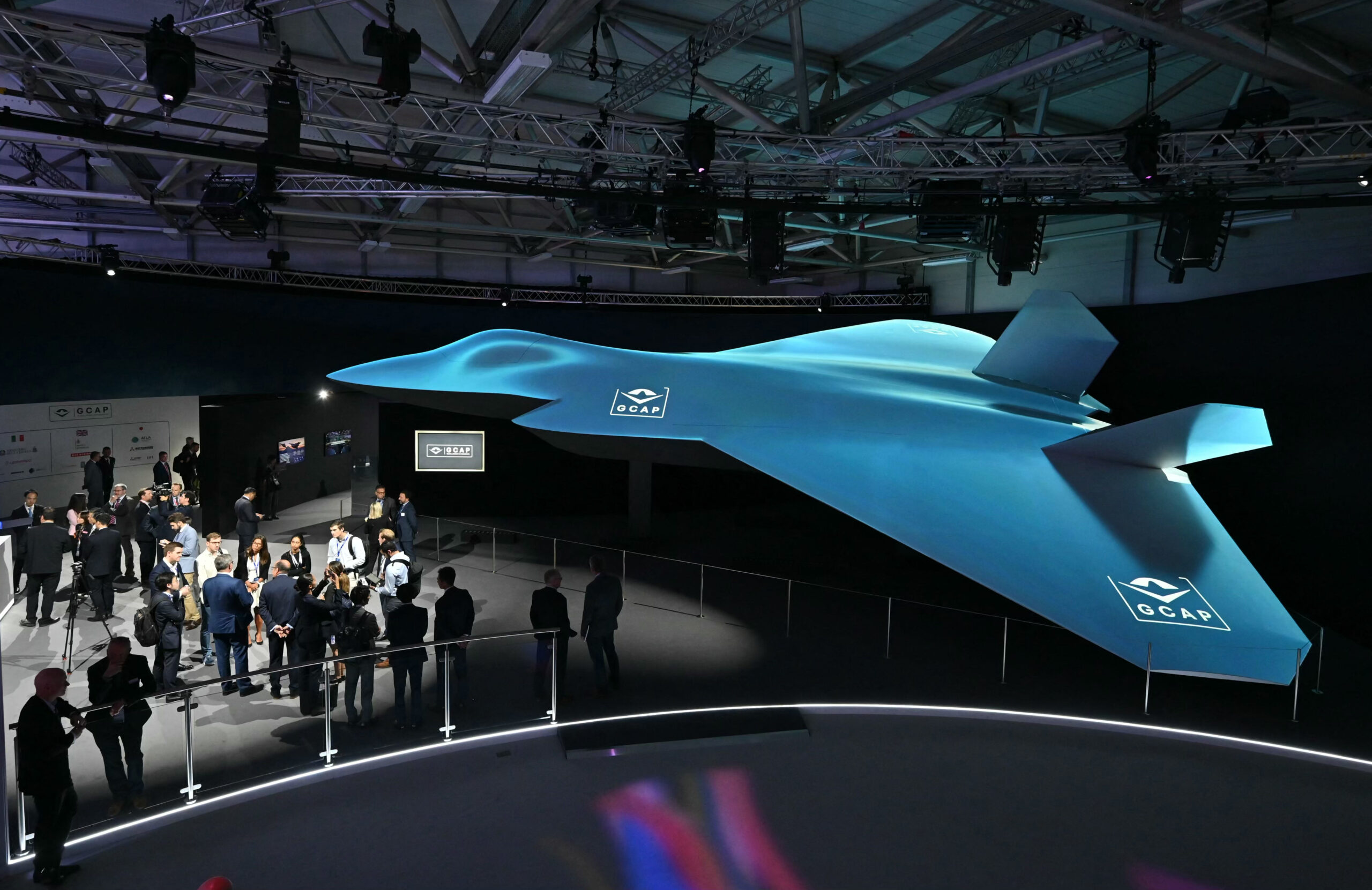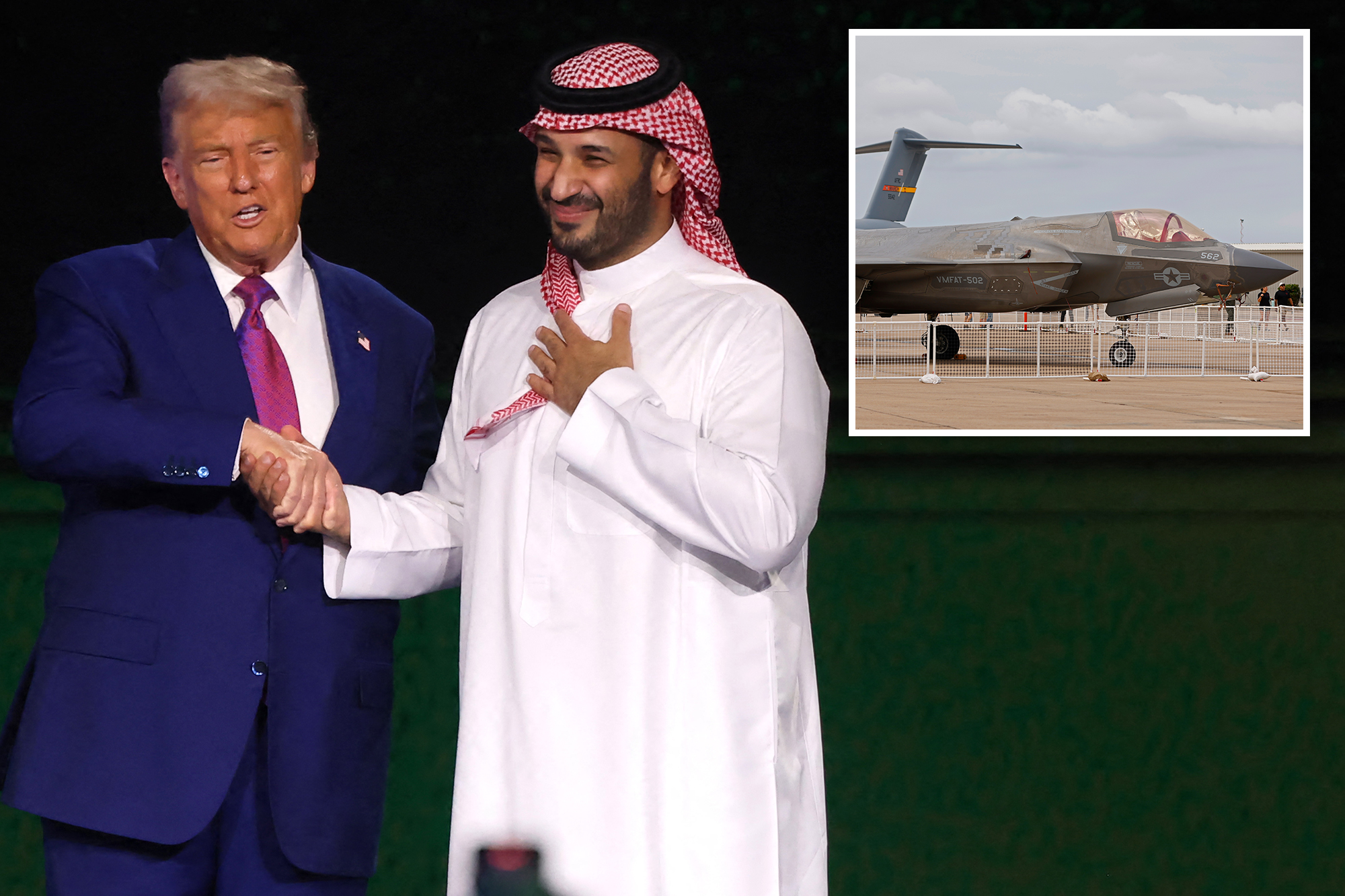The development of the sixth-generation GCAP fighter jet is prioritizing flexibility in armament and drone compatibility, according to Group Captain Bill Sanders of the UK Ministry of Defence. Speaking at the International Fighter Conference in Rome, Sanders outlined the need for the aircraft to support a diverse range of weapons and operate alongside various Collaborative Combat Aircraft (CCA) utilized by the program’s partners, which include the UK, Japan, and Italy.
Adaptability in Armament and Technology
Sanders emphasized that the GCAP must be equipped with a weapons bay designed to accommodate any armament used by NATO countries and the United States. He noted the lessons learned from the ongoing conflict in Ukraine, where rapid depletion of stockpiles has put significant strain on supply chains. “Having a platform that can carry any NATO weapon, any U.S. weapon, any of the three nations’ weapons immediately gives the commanders in the theater flexibility,” he stated.
Another critical aspect of the GCAP’s design is the strategic use of high-cost armaments at the outset of a conflict. Sanders explained that initial engagements may require advanced munitions to penetrate enemy defenses, but as those defenses weaken, the ability to shift to less expensive, unguided bombs becomes essential. “If we keep on using the most expensive weapons throughout the conflict, the cost per kill, the cost per engagement is not sustainable,” he remarked. This approach allows for a more efficient cost-per-kill ratio in combat scenarios.
Collaboration and Independent Development
In addition to armament versatility, the GCAP’s capability to operate alongside various CCAs is vital. Sanders highlighted the need for the aircraft to remain adaptable to different drone technologies. “You have to be in a situation where, just like the weapons, the GCAP can work with what it finds. It’s no mean feat,” he stated.
Military aerospace analyst Douglas Barrie noted the logic behind creating a fighter jet that can integrate with different CCAs. He suggested that the UK, Japan, and Italy are likely to develop their own sovereign capabilities and might not converge on a shared platform immediately. “This gives you more choice, more flexibility,” Barrie said, indicating that independent developments could provide strategic advantages.
The discussion of CCAs was a significant theme throughout the conference, with Turkish officials exploring potential integrations with the recent purchase of 20 Eurofighter jets. However, concerns were raised about the feasibility of adapting existing fighters to accommodate various CCAs selected by different countries. Jorge Tamarit-Degenhardt, CEO of the Eurofighter program, pointed out the challenges of integrating multiple configurations: “We cannot do everything at the same time. We don’t have infinite resources.”
As the GCAP program progresses, the focus on adaptable armaments and collaborative technologies could reshape future combat strategies, ensuring that the aircraft meets the evolving demands of modern warfare.







